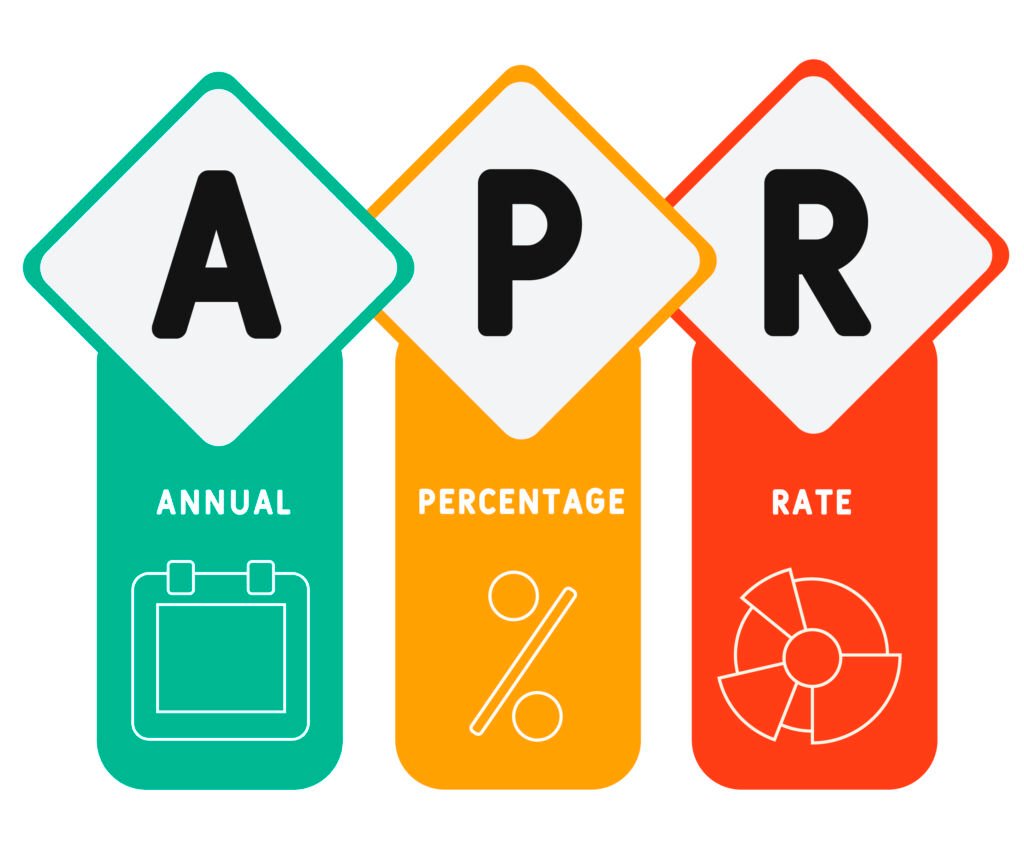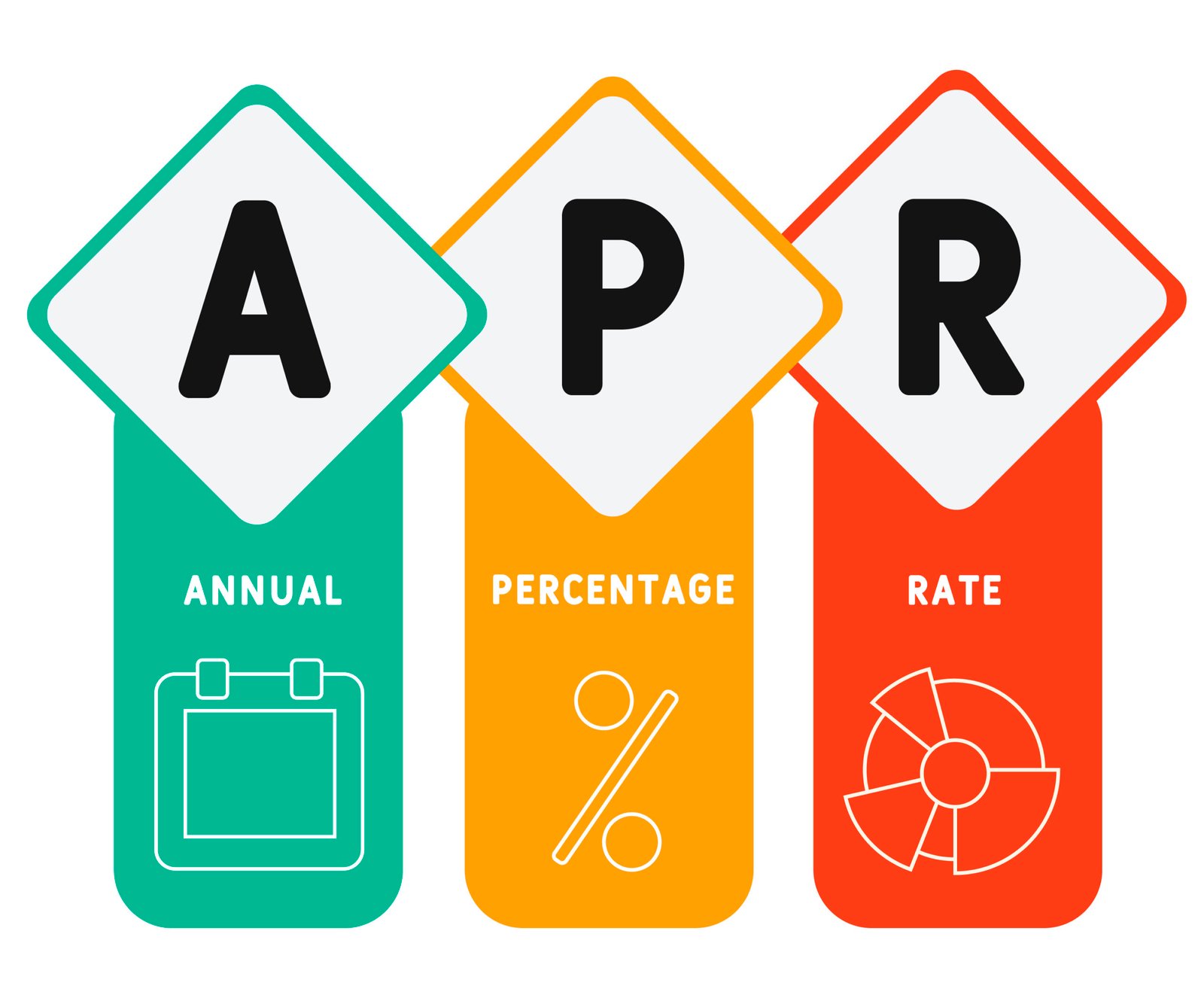
Uncover the hidden costs of mortgages by understanding the difference between interest rates and APR. Make informed decisions for a financially secure future.
When it comes to purchasing a home, understanding the financial implications of a mortgage is crucial. One key aspect that often confuses homebuyers is the difference between interest rates and APR. In this blog post, we will delve into the intricacies of interest rates versus APR and how they impact the total cost of your mortgage over time.
Interest Rates Explained
Interest rates are the percentage charged by lenders for borrowing money. They play a significant role in determining your monthly mortgage payment. The higher the interest rate, the more you will pay over the life of the loan. It’s essential to shop around for the best interest rate to secure a more affordable mortgage.
Annual Percentage Rate (APR) Defined
While interest rates are a crucial factor, the Annual Percentage Rate (APR) provides a more comprehensive view of the total cost of borrowing. The APR includes not only the interest rate but also other fees and charges associated with the loan, such as origination fees and points. Understanding the APR can help you compare mortgage offers from different lenders more accurately.
Calculating the Total Cost
To determine the true cost of your mortgage, you need to consider both the interest rate and the APR. While a lower interest rate may seem attractive, a higher APR could indicate additional fees that significantly impact the overall cost of the loan. By comparing both figures, you can make an informed decision about which mortgage offer is the most cost-effective.
Factors Influencing Interest Rates and APR
Several factors can influence the interest rate and APR you are offered by lenders. Your credit score, down payment amount, loan term, and the current economic climate all play a role in determining the rates you qualify for. Improving your credit score and saving for a larger down payment can help you secure more favorable terms.
Long-Term Impact on Your Finances
Understanding the difference between interest rates and APR is not only essential for choosing the right mortgage but also for managing your long-term financial health. A mortgage is a significant financial commitment, and even a small difference in rates can translate to substantial savings or costs over the life of the loan. By being informed, you can make decisions that positively impact your financial future.
Conclusion
In conclusion, the true cost of your mortgage goes beyond just the interest rate. By understanding the nuances of APR and how it factors into the total cost of borrowing, you can make informed decisions that save you money in the long run. Remember to compare offers from different lenders, consider all associated fees, and factor in your long-term financial goals when choosing a mortgage.
